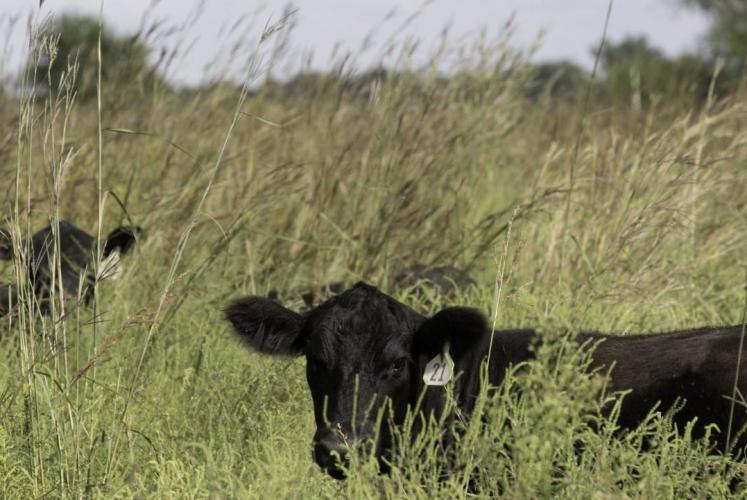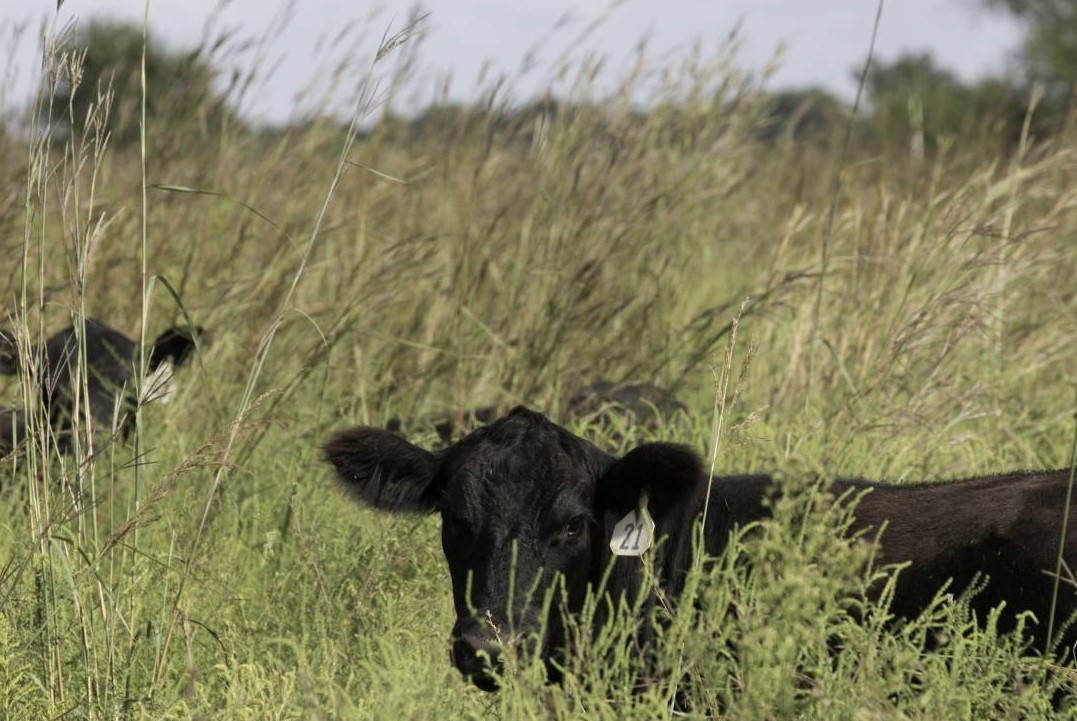
Xplor reconnects kids to nature and helps them find adventure in their own backyard. Free to residents of Missouri.


































Stay in Touch with MDC news, newsletters, events, and manage your subscription

Xplor reconnects kids to nature and helps them find adventure in their own backyard. Free to residents of Missouri.

A monthly publication about conservation in Missouri. Started in 1938, the printed magazine is free to residents of Missouri.


PATTON, Mo. – With proper management, grassland pastures that provide high quality forage for livestock can also furnish good habitat for wildlife.
Cattle producers can learn more about how the use of native warm-season grasses can benefit livestock and native wildlife Aug. 26 at a native forage grazing workshop that will be held on a private farm in Bollinger County near Patton. The address is RR 5, Patton, 63662 (near Meadow Heights School). Attendees will learn how to establish and graze native forage while touring a newly established pasture and a pasture currently grazed in its second year.
This workshop is a collaborative effort of the Missouri Department of Conservation (MDC), the Natural Resources Conservation Service (NRCS), Pheasants Forever/Quail Forever, and Bollinger County Soil & Water Conservation District (SWCD). The workshop will be from 6-8 p.m. Participants are asked to register by Aug. 17. People can register and request accommodations by calling 573-238-2671, ext. 3. People who have questions about this event can also contact MDC Private Land Services Southeast Regional Supervisor Brad Pobst at 573-290-5730 or Brad.Pobst@mdc.mo.gov. People can also contact Wes Buchheit with Pheasants/Quail Forever at wbuchheit@pheasantsforever.com.
Benefits of warm-season grasses
When Missouri was settled in the 1800s, native warm-season grasses could be found in many areas of the state. In addition to serving as habitat for a variety of wildlife species, these native grasses soon acquired an additional importance as livestock forage. Early livestock owners quickly realized these “prairie grasses” were good for haying or grazing. However, over time these warm-season grasses were gradually nudged out by fescue, brome and other non-native cool-season grasses. This transition not only eliminated plants that were needed by local wildlife, it also got rid of a good summer grazing source for livestock.
Today, an increasing number of cattle producers are rediscovering the benefits of native warm-season grasses. Adding warm-season grass areas to a grazing system that already features cool-season grass creates a forage system that allows livestock owners to keep their herds feeding on high quality forage for a longer period of time.
The reason is that this merger combines grasses that have two different growing periods. Warm- and cool-season grasses are most nutritious while they are vigorously growing. Cool-season grasses are thus named because they grow most during the spring and fall. Meanwhile, native grasses such as big bluestem, little bluestem, Indian grass and switch grass are known as “warm-season” grasses because their peak growth periods are in late spring and summer. By utilizing both types of grasses during their periods of prime quality, livestock owners can keep their herds feeding on high-nutrition forage for the entire grazing season.
There are benefits for wildlife, too. Warm-season grasses begin growth later in the year and are not ready to be grazed or hayed until late summer. By then, most of the ground-nesting wildlife that need these plants for habitats have hatched their broods.
More information about using warm-season grasses in a livestock grazing operation can be found at mdc.mo.gov.